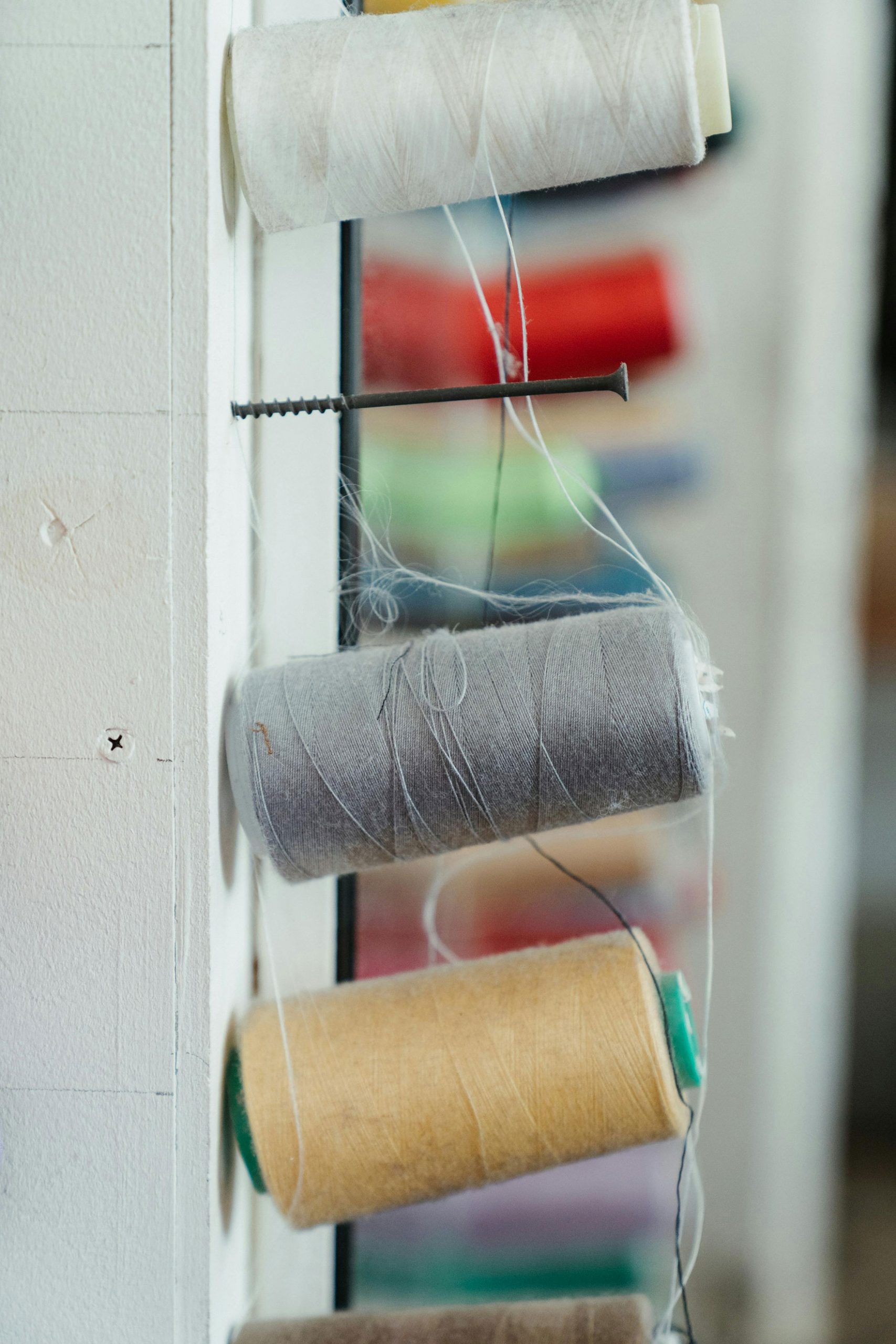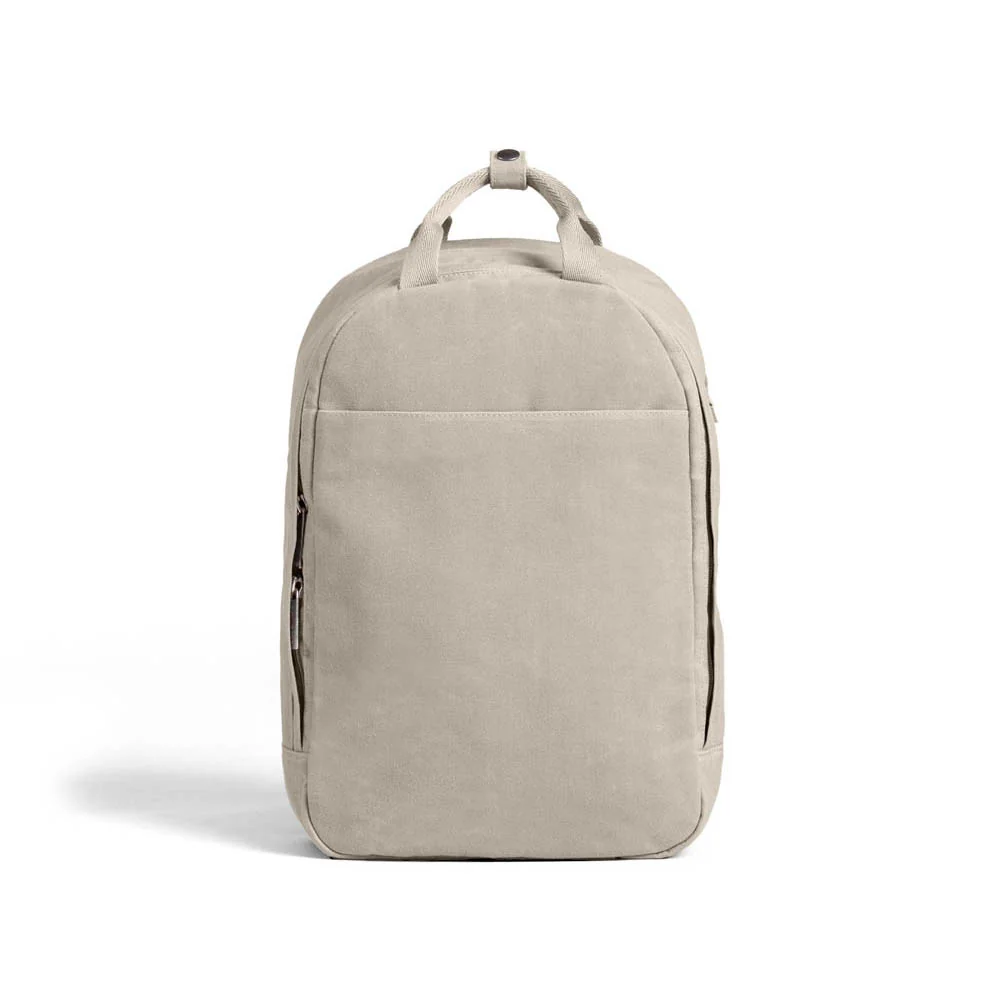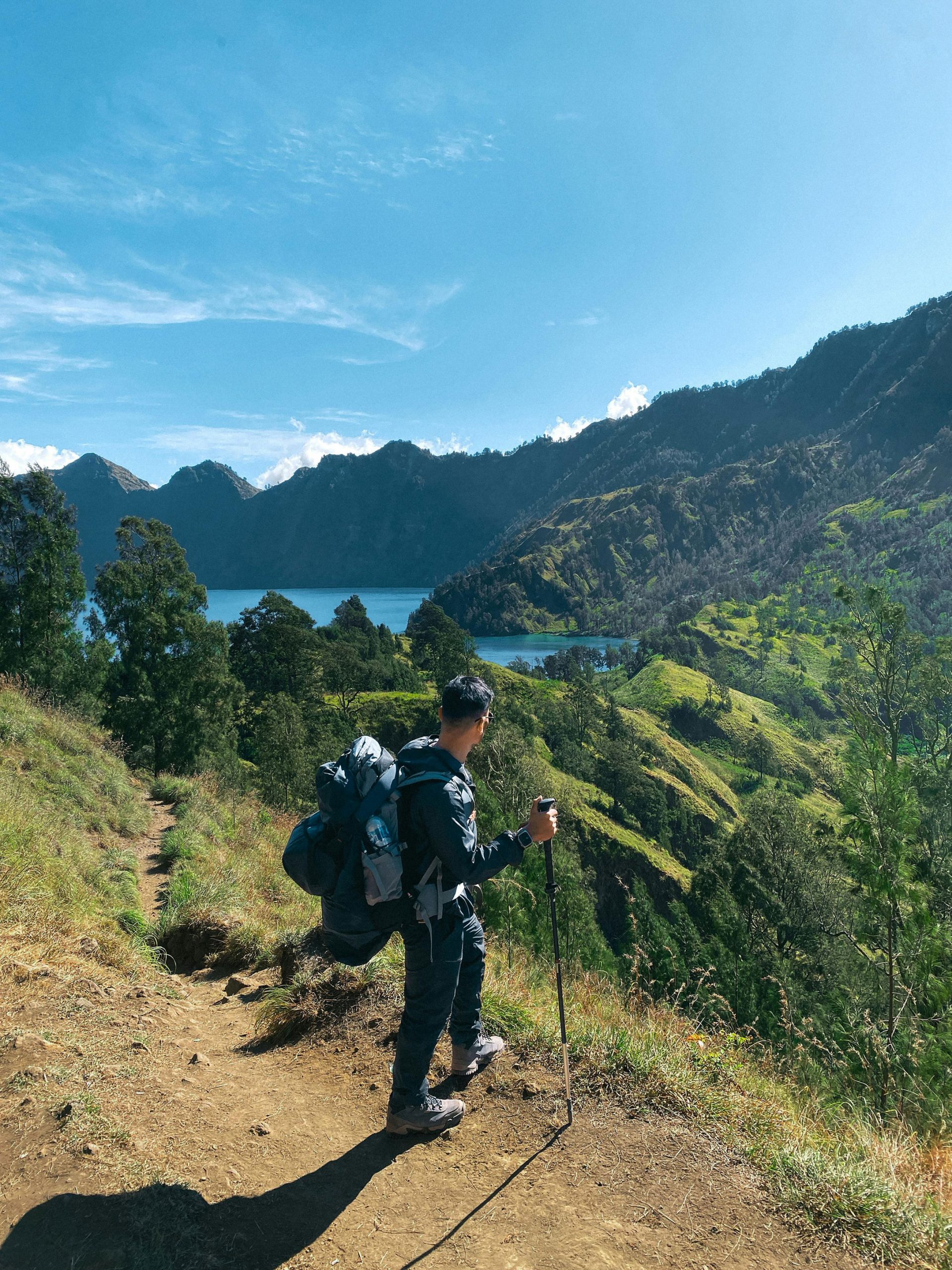Indonesia, despite being the world’s fourth most populous country and a significant player in Southeast Asian manufacturing, faces surprising limitations when it comes to high-quality bag materials. For local designers, manufacturers, and fashion entrepreneurs, this scarcity presents both challenges and opportunities. Let’s dive deep into why this happens and what can be done about it.
The Current State of Indonesia’s Material Manufacturing Landscape
Indonesia’s textile market is projected to reach USD 18.4 billion by 2028 with a robust CAGR of over 5.54%, yet challenges such as rising labor costs, outdated machinery, and competition persist. While these numbers look promising on paper, the reality for bag material availability tells a different story.
The country’s textile industry, while substantial, has historically focused on mass-market fabrics and basic materials rather than the specialized, high-quality materials needed for premium bag manufacturing. This focus has left a significant gap in the market for luxury leather, technical fabrics, and innovative synthetic materials that modern bag designers require.
Root Causes of Limited Bag Material Availability
1. Supply Chain Infrastructure Challenges
The systematic orchestration of all activities that transform raw materials into the final product defines supply chain management, which entails the efficient control of material flow, information, and services. In Indonesia’s case, this orchestration faces several hurdles:
Raw Material Sourcing Difficulties: The low availability of raw materials and lack of skills, technology, intermediate inputs, and processing equipment challenge market growth. Indonesia’s bag material industry struggles with inconsistent supply of quality hides, limited access to premium synthetic materials, and dependence on imports for specialized components.
Complex Distribution Networks: The leather material supply chain is complex, creating multiple challenges as it is traditionally horizontal with many middleman and transformation steps where issues can occur. This complexity adds costs and reduces material quality control, making it difficult for local manufacturers to access consistent, high-grade materials.
2. Technology and Equipment Limitations
Despite facing challenges like high production costs, aging infrastructure, and stiff global competition, the Indonesian textile sector has shown remarkable resilience. However, aging infrastructure particularly affects the production of specialized bag materials.
Many Indonesian material processing facilities still rely on outdated equipment that cannot produce the precision-cut leather, waterproof fabrics, or innovative synthetic materials that modern bag design demands. This technological gap means that even when raw materials are available, the processing capabilities to turn them into premium bag materials are limited.
3. Market Focus and Specialization Issues
Indonesia’s textile industry has traditionally concentrated on apparel manufacturing rather than accessories. This focus means that the specific materials needed for bag construction—such as structured interfacing, specialized hardware-compatible fabrics, and durable leather treatments—receive less attention and investment.
The leather industry, while present, often caters to footwear and furniture markets rather than the specific needs of bag manufacturers, who require different tanning processes, thickness specifications, and finishing techniques.
4. Economic and Trade Barriers
Despite strong textile export demand in Q1 2024, the industry faced layoffs, factory closures, and competition from Chinese imports, with the government responding with tariffs to protect domestic manufacturing. These trade tensions affect material availability in several ways:
- Higher import costs for specialized materials and equipment
- Limited access to international suppliers due to trade restrictions
- Reduced foreign investment in material processing technology
- Difficulty in establishing partnerships with global material innovators
The Impact on Local Bag Manufacturers and Designers
This material scarcity creates a ripple effect throughout Indonesia’s fashion and accessories ecosystem:
Design Limitations: Local designers often have to compromise their creative vision based on available materials rather than designing freely and then sourcing appropriate materials.
Quality Constraints: The limited selection of premium materials makes it challenging to compete with international brands that have access to the latest in leather technology, waterproof fabrics, and innovative synthetics.
Cost Implications: When premium materials are available, they often come at a significant markup due to import costs and limited supply, making it difficult for local brands to maintain competitive pricing.
Innovation Barriers: Without access to cutting-edge materials, Indonesian bag manufacturers struggle to develop products that meet evolving consumer expectations for functionality, sustainability, and aesthetic appeal.
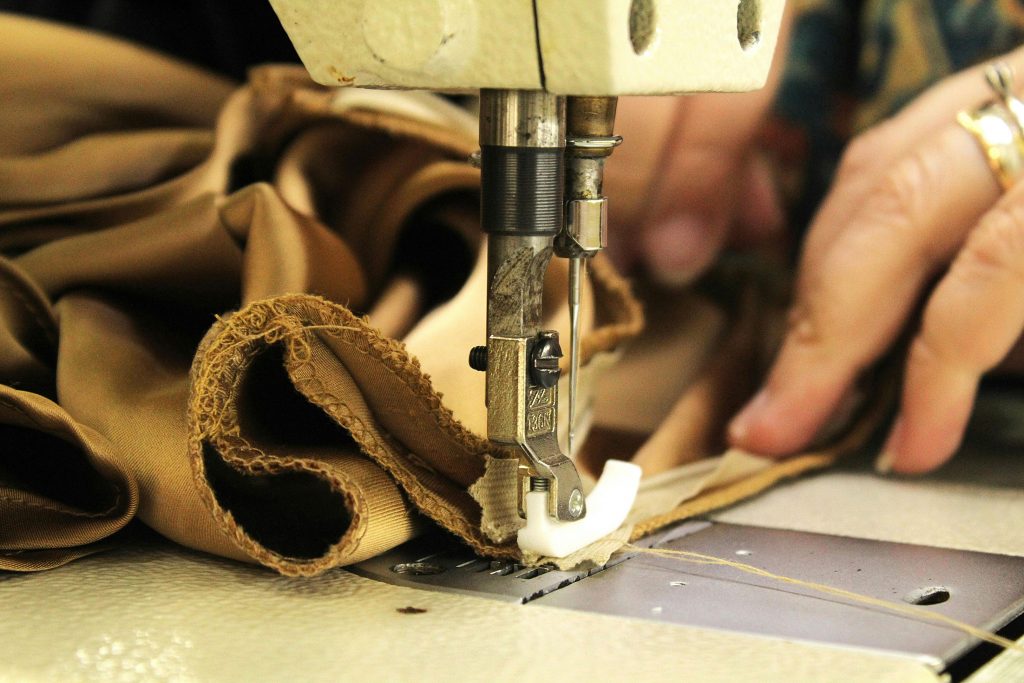
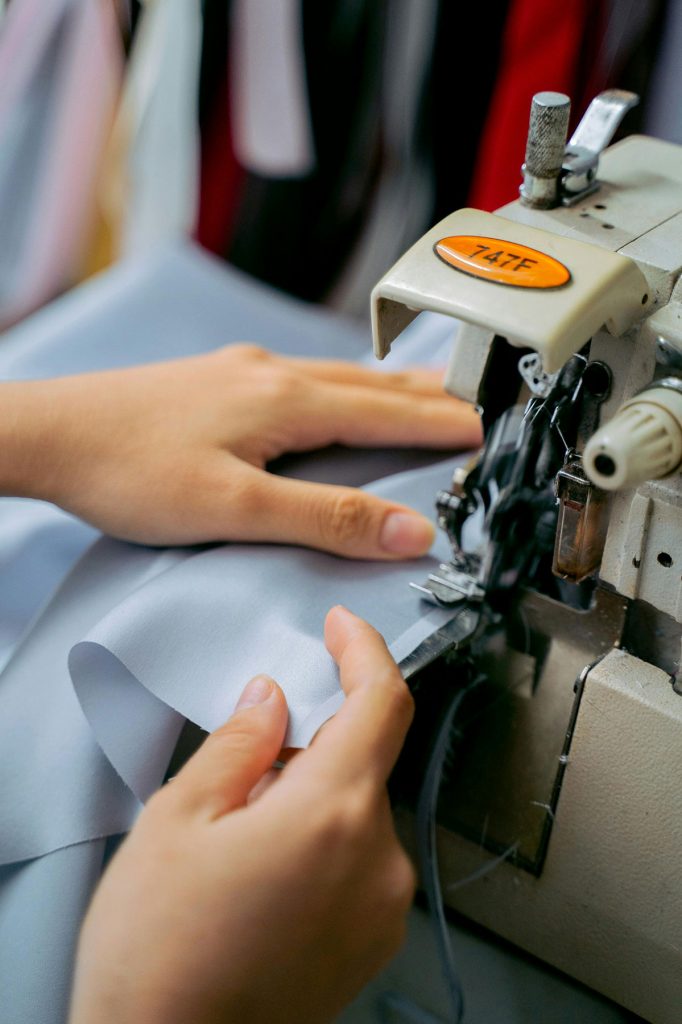
Comprehensive Solutions for Material Scarcity
1. Invest in Local Material Processing Infrastructure
Modernize Equipment: Upgrading tanneries and textile processing facilities with modern equipment could significantly improve the quality and variety of materials produced locally. This includes investing in precision cutting machines, advanced dyeing equipment, and specialized finishing processes.
Develop Specialized Facilities: Creating dedicated facilities for bag material production, separate from general textile manufacturing, could address the specific needs of the accessories market.
2. Foster International Partnerships and Knowledge Transfer
Joint Ventures: Encouraging partnerships between Indonesian manufacturers and international material specialists could bring both technology and expertise to the local market.
Training Programs: Implementing comprehensive training programs for local technicians and craftspeople in advanced material processing techniques could improve both quality and innovation capacity.
Technology Transfer Agreements: Negotiating favorable technology transfer agreements with international equipment manufacturers could help modernize processing capabilities at reasonable costs.
3. Develop Sustainable and Alternative Materials
Natural Resource Utilization: Indonesia’s rich biodiversity offers opportunities to develop unique, sustainable materials from locally available resources like bamboo fibers, pineapple leaves, or other agricultural waste products.
Innovation Incentives: Government incentives for research and development in alternative materials could spur innovation and create new material categories unique to Indonesia.
Sustainability Focus: With growing concerns about sustainability in the leather industry, there’s increasing focus on sustainable supply chain management. Indonesia could position itself as a leader in sustainable bag materials.
4. Improve Supply Chain Efficiency
Digital Integration: Implementing digital supply chain management systems could reduce inefficiencies and improve material traceability and quality control.
Direct Sourcing Networks: Developing direct relationships between material producers and bag manufacturers could eliminate middleman markups and improve material consistency.
Regional Collaboration: Working with other ASEAN countries to create a regional material supply network could provide more options while maintaining cost effectiveness.
5. Government Policy Support
Import Duty Adjustments: Strategic adjustments to import duties on raw materials and processing equipment could make quality materials more accessible to local manufacturers.
Export Incentives: Providing incentives for companies that develop and export innovative bag materials could encourage investment in this sector.
Infrastructure Investment: Government investment in shared processing facilities or material testing laboratories could lower barriers for smaller manufacturers.
Emerging Opportunities in the Material Landscape
E-commerce and Direct Sourcing
The rise of digital platforms has made it easier for Indonesian designers to source materials directly from international suppliers, bypassing traditional distribution networks. Platforms specializing in leather, fabric, and hardware allow designers to access premium materials that were previously unavailable locally.
Sustainable Material Innovation
Indonesia’s commitment to sustainability creates opportunities for developing eco-friendly alternatives to traditional bag materials. This could include materials made from recycled ocean plastic, agricultural waste, or innovative bio-based synthetics.
Artisanal and Heritage Materials
Indonesia’s rich tradition of textile crafts presents opportunities to develop unique bag materials that combine traditional techniques with modern functionality. Batik-inspired leather treatments, woven fabric combinations, and traditional dyeing techniques could create distinctive material offerings.
The Path Forward: Building a Robust Material Ecosystem
The solution to Indonesia’s bag material limitations isn’t simple, but it’s achievable through coordinated efforts:
Short-term Solutions:
- Establish material sourcing cooperatives to improve buying power
- Create online marketplaces for material trading within Indonesia
- Develop partnerships with regional suppliers in Thailand, Vietnam, and Malaysia
Medium-term Developments:
- Invest in processing equipment upgrades and facility modernization
- Launch technical training programs for material processing workers
- Establish quality certification programs for locally produced materials
Long-term Vision:
- Position Indonesia as a regional hub for innovative, sustainable bag materials
- Develop proprietary material technologies and processes
- Create a complete ecosystem from raw material to finished product
Conclusion: Turning Limitations into Opportunities
While Indonesia’s limited bag material availability presents real challenges, it also creates unique opportunities for innovation and market development. By addressing infrastructure needs, fostering international partnerships, and leveraging the country’s natural resources and creative traditions, Indonesia can transform from a market with limited options to a regional leader in bag material innovation.
The key lies in coordinated action between government, industry, and educational institutions to build the capabilities needed for a thriving bag material ecosystem. For designers and manufacturers willing to invest in these solutions, the current limitations could become tomorrow’s competitive advantages.
As Indonesia continues to develop its manufacturing capabilities, the bag material landscape will inevitably evolve. Those who act now to address these challenges will be best positioned to benefit from the improvements to come.
#IndonesiaBagMaterials #TextileIndustryIndonesia #BagManufacturing #MaterialSourcing #IndonesiaFashion #SustainableMaterials #LeatherIndustry #TextileSupplyChain #BagDesign #MaterialInnovation #IndonesiaManufacturing #FashionSupplyChain #SustainableFashion #BagMaterials #TextileChallenges #MaterialScarcity #IndonesiaTextile #BagProduction #FashionIndustryIndonesia #MaterialSolutions
